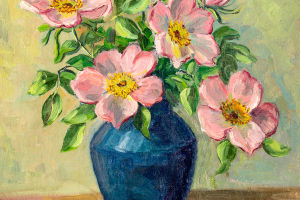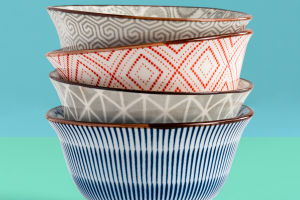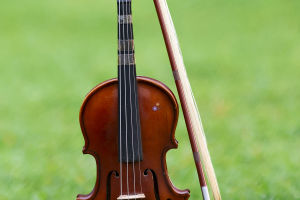
Artistry

Brushes, as indispensable tools in the realm of painting, assume a pivotal role.
They serve as extensions of an artist's creativity, where innovation and technology harmonize.
1. Diverse Brush Types
Traditional Brush: Predominantly harnessed for ink-based paintings, boasting a repertoire of dynamic line variations and expressive stroke outcomes.
Oil Paint Brush: Designed for oil paintings, these brushes sport bristles of varied shapes and materials, tailored to handling thick paints with finesse.
Watercolor Brush: Ideal for watercolor painting, these brushes tout softer bristles that seamlessly unfurl gradients of color with fluidity and precision.
Acrylic Brush: Crafted exclusively for acrylic paints, these brushes flaunt bristles renowned for their durability and unwavering form.
Related
 Impressionist art allows the audience to travel through time and space and feel the infinite charm of art.
Impressionist art allows the audience to travel through time and space and feel the infinite charm of art.
 The Ferris wheel: a historic, thrilling, and iconic amusement that lifts spirits and creates lasting memories.
The Ferris wheel: a historic, thrilling, and iconic amusement that lifts spirits and creates lasting memories.
 In order to explore this mysterious blue field, human beings have built many breathtaking and strange buildings on the sea.
In order to explore this mysterious blue field, human beings have built many breathtaking and strange buildings on the sea.
 The porcelain firing industry is constantly evolving and the technology is improving, some of which have reached a high level.
The porcelain firing industry is constantly evolving and the technology is improving, some of which have reached a high level.
 A villa should also be the ideal house that most people have always dreamed of, right?
A villa should also be the ideal house that most people have always dreamed of, right?
 The violin is an essential instrument in modern orchestras and occupies a vital position in instrumental music.
The violin is an essential instrument in modern orchestras and occupies a vital position in instrumental music.
Pastel Brush: Suited to pastel painting, these brushes embody gentleness, adept at evenly dispersing powdered pigments to create captivating textures.
Sketch Pencil: While not a traditional brush, it stands as an indispensable tool in the painter's arsenal, pivotal in sketching and refining.
2. Anatomy of a Brush
A brush's construction is pivotal to the outcome, encompassing critical components:
Bristles: The bristle's composition and texture wield direct influence over stroke aesthetics.
Ferrule: Ferrule is fashioned from wood, metal, or plastic. High-quality ferrules secure bristles steadfastly, enhancing brush longevity.
Handle: The handle encapsulates the ergonomic grip of the brush. Typically forged from wood, plastic, or metal, a comfortable handle design facilitates prolonged artistic endeavors, devoid of fatigue.

3. Harnessing Brush Potential
A medley of brush types is adept at enriching various painting mediums and styles:
Detail Embrace: Brushes with fine bristles excel at capturing intricate details, whether it be the subtleties of facial expressions or the tactile essence of still-life elements.
Bold Strokes: Coarse brushes become conduits for textural bravado, embellishing surfaces with rugged strokes and invoking vivid scenes of nature.
Chromatic Transition: Supple brushes wield mastery over seamless color gradations and fluid transitions, aligning with watercolor's ethereal allure.
Textural Depth: Oil paint brushes, boasting robust bristles, embrace heavy applications to the canvas, invoking dimensionality and nuanced textures.
4. Navigating Brush Selection
Cognizant brush selection demands contemplation of stylistic preferences, mediums, and personal inclinations:
Size Matters: Brush dimensions bear weight; large brushes lend themselves to expansive creations, while smaller counterparts imbue finesse for intricate detailing.
Stroke Trials: Preceding brush selection, evaluating the dynamic strokes, and ensuring a harmonious union between artistic intent and paper canvas.
Handle Comfort: Prioritize comfortable handle design, sustaining artistic immersion without the encumbrance of discomfort during prolonged sessions.
Within the realm of artistic creation, paintbrushes stand as potent instruments, characterized by a kaleidoscope of types and applications.
Artists, endowed with an intricate understanding of brush structures, types, and uses, possess a conduit to channel their creativity, culminating in distinctly expressive artistic styles.
By embracing the nuances of brushwork, artists transform their visions into tangible masterpieces, leaving indelible marks on the canvas of human expression.